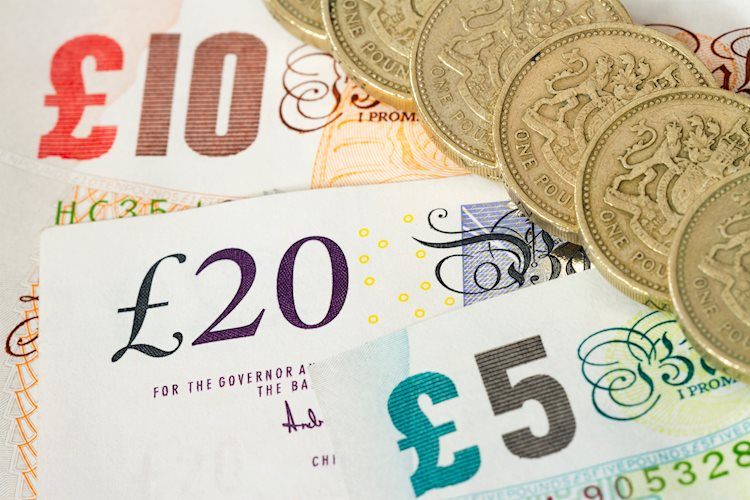In the current economic climate, the Pound Sterling is seeing a surge against the US Dollar as the US labor market shows signs of weakening. Market speculations indicate that the US Federal Reserve may start reducing interest rates starting from their September meeting. According to the CME FedWatch tool, there is a 72.6% probability of rate cuts in September, up from 66% a week ago. This shift in expectations comes after recent economic data from the US, such as the ADP Employment data for June, which showed a decline in labor demand in the private sector.
Moreover, the US service sector experienced a contraction in June, as shown by the ISM Services PMI coming in at 48.8. This figure, below the 50.0 threshold, indicates a contraction in service activities and is the lowest reading in four years. As investors await the US Nonfarm Payrolls (NFP) data for June, scheduled to be released on Friday, the focus remains on the overall labor demand and wage growth in the country. The outcome of the NFP report will play a significant role in determining the future trajectory of the US Dollar.
On the other hand, the British Pound is showing a weak performance against most major currencies, except the US Dollar and the Swiss Franc, as the UK public casts votes for parliamentary elections. Market expectations suggest that the Labour Party, led by Keir Starmer, is likely to gain an absolute majority in the House of Commons, leading to a change in government. This outcome is expected to have a positive impact on the Pound Sterling in the short term, as it could outperform other currencies facing political uncertainties.
Amidst these political developments, investors are also keeping an eye on the monetary policy front, speculating that the Bank of England may reduce interest rates starting from the August meeting. This speculation is based on the return of the UK’s annual headline inflation to the BoE’s target of 2%, while inflation in the service sector remains high due to steady wage growth. These factors may deter policymakers from advocating early rate cuts.
From a technical analysis perspective, the Pound Sterling aims to climb above the 78.6% Fibonacci retracement level at 1.2770 against the US Dollar. The currency pair has already stabilized above the round-level support of 1.2700 and is trading above the 20-day and 50-day EMAs, indicating a bullish outlook in the near term. Additionally, the 14-day RSI is near 60.00, with a potential to shift momentum towards the upside if it crosses this level.
Overall, the current economic and political landscape is shaping the performance of the Pound Sterling against the US Dollar and other major currencies. As the US labor market shows signs of weakness and the Fed considers rate cuts, the Pound Sterling may continue to strengthen. In the UK, the outcome of the parliamentary elections and potential change in government could further impact the currency’s performance in the coming months.





















